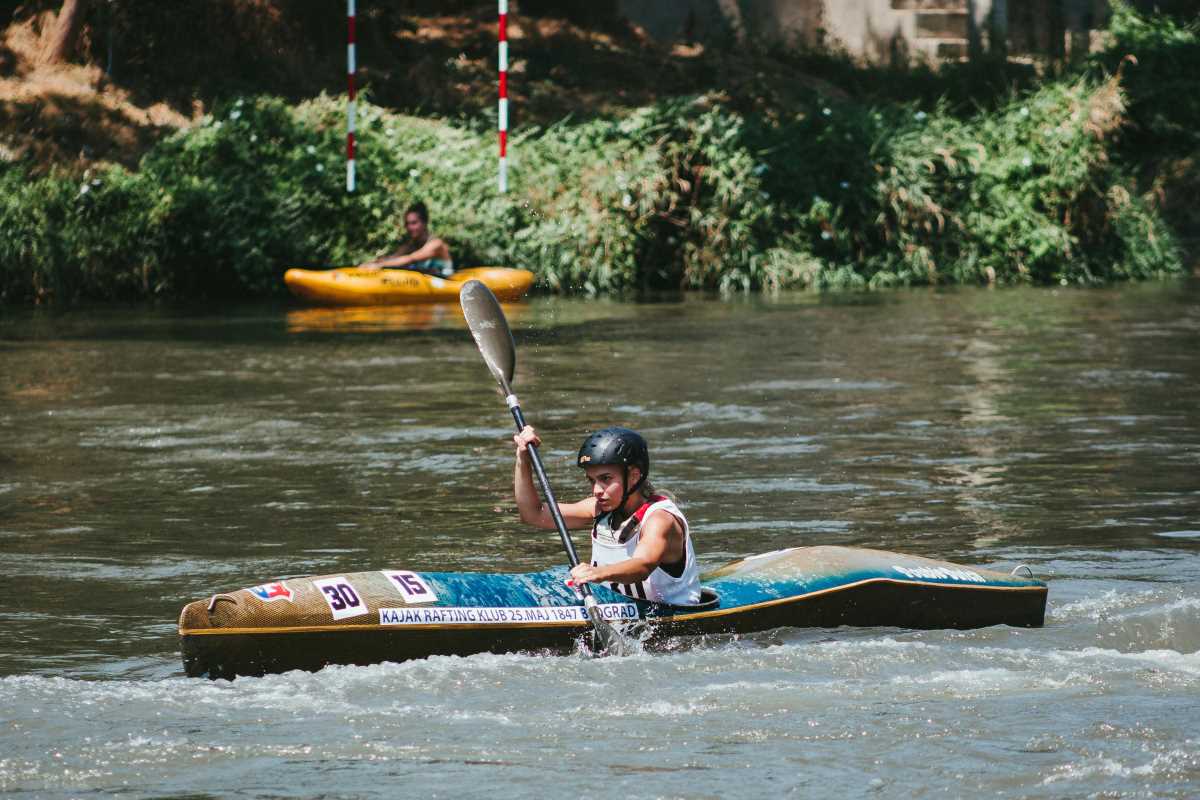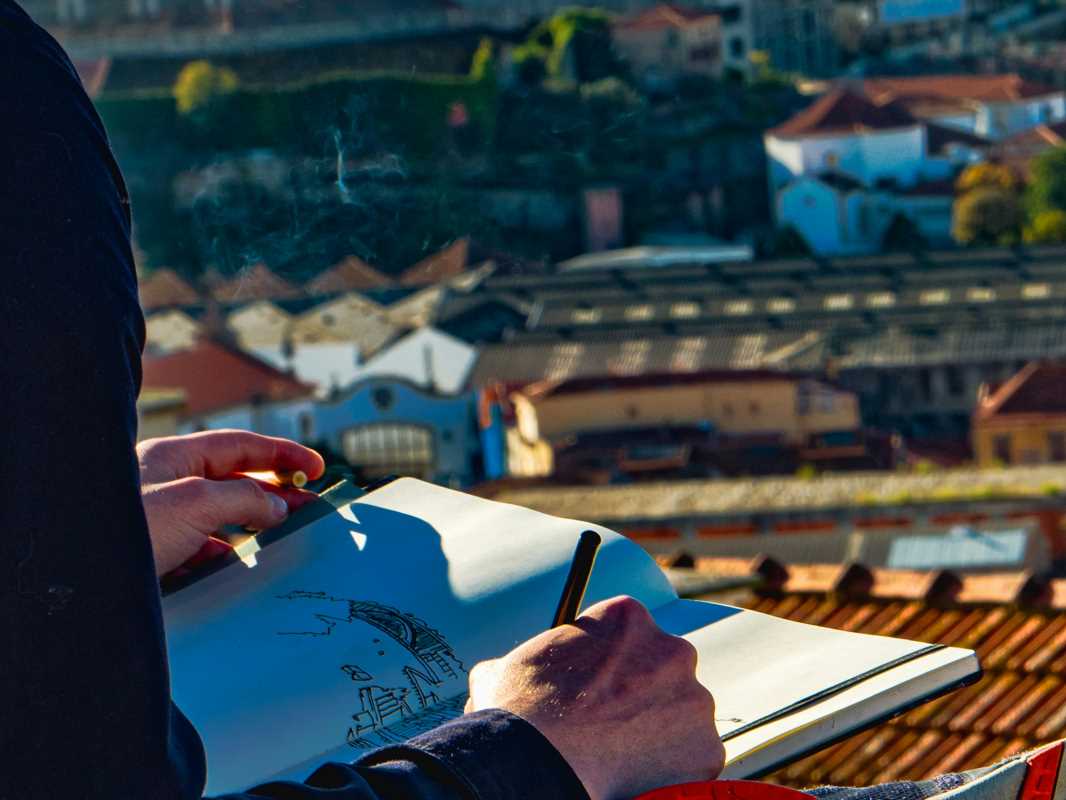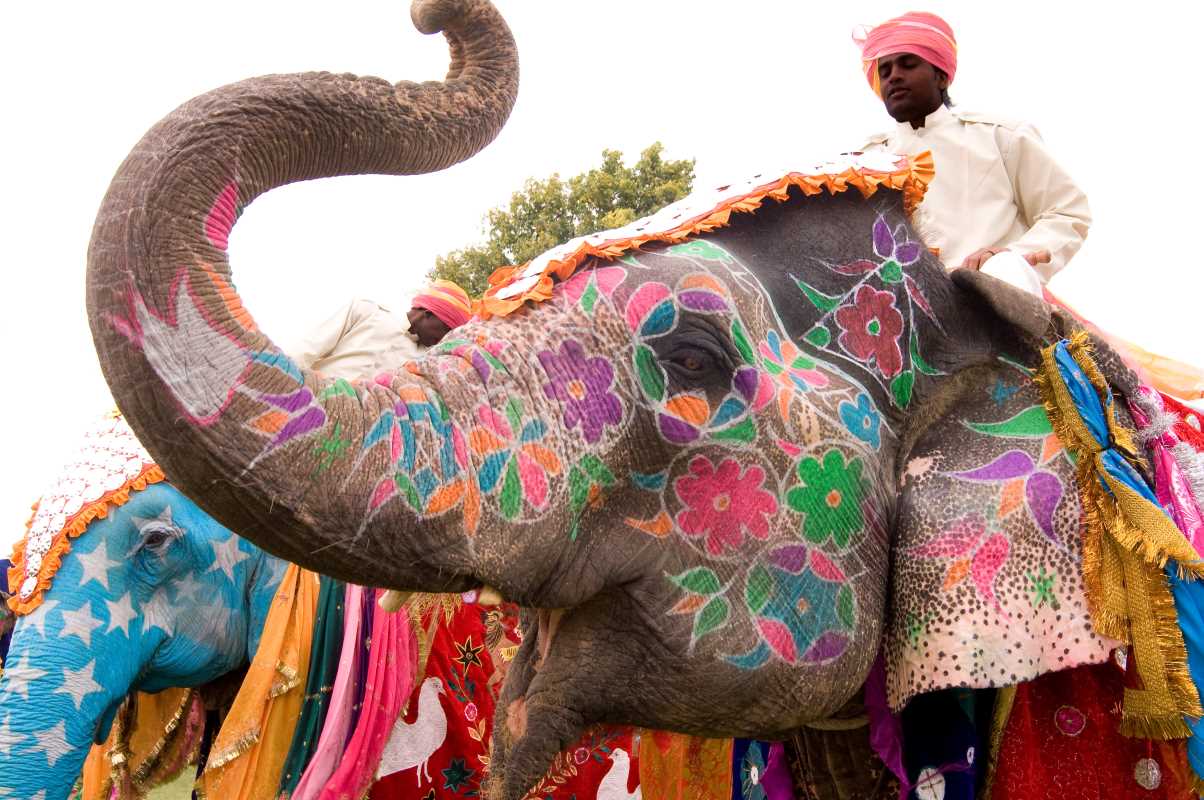Golden sunlight glimmers across winding rivers while both new and experienced paddlers connect with the rhythm of moving water. Gentle rapids create excitement, while secluded coves invite moments of quiet reflection. Each paddle stroke glides through the water, linking the stability of the shore with the freedom of open currents. Nature reveals its subtle mysteries as you explore, and a sense of discovery grows with every turn. The river’s ever-changing character encourages you to pay attention to each sound and ripple, stirring curiosity and inviting you to appreciate the simple joys found on the water.
Charting Lesser-Known Currents
- Uncovering Untold Stories. Beyond well-trodden lakeshores, many waterways carry stories of local communities, ancient trading routes, and hidden wildlife corridors. Exploring these paths reveals traces of past lives—abandoned canoe camps, wildlife feeding grounds, even discreet rock carvings. You tap into a sense of discovery that reaches beyond technique, forging a direct link to stories whispered along riverbanks. This approach turns each trip into a journey through time, where every turn of the paddle uncovers a new chapter.
- Mapping Unexpected Ecosystems. Delving off-season or during less popular hours often reveals unique water features: floating wetlands in spring, migrating bird highways in late fall, or coral-fed channels in tropical regions. You encounter living labs where rare plant clusters hug your path and schooling fish dart beneath your hull. These hidden blooms and feeding patterns shift constantly, rewarding paddlers who pay attention. Observing these details helps you plan a route that combines solitude with ecological intrigue, ensuring each outing feels fresh and lively.
- Redefining Adventure Boundaries. Intertwining local crafts, field kitchens, and shore-side camp setups offers new angles on what a trip can become. Imagine paddling past an open-air smokehouse or joining a community festival along a delta. Participating in on-water gatherings extends the idea of “suitable for adventure,” making each trip a mix of paddling, local culture, and hands-on exploration. You weave social experiences into your route, so the journey becomes part exploration, part celebration of place.
Top Paddling Routes Revealed
- Everglades Wilderness Waterway – Coastal Florida
- Description: 99-mile route through winding channels, mangrove tunnels, and sawgrass marshes
- Permit Fees: Average $45, with limited camping quotas
- Insider Tip: Plan campsites around low tide to avoid muddy shorelines and look for burrowing owls at dusk along remote islands
- Boundary Waters Canoe Area – Northern Minnesota
- Description: 1,200 interconnected lakes and streams in a boreal forest setting
- Permit Fees: $16 per trip
- Insider Tip: Pack dual-portage straps to shift heavy loads, and paddle early for calm, mirror-like water that eases navigation
- Colorado River Through the Grand Canyon – Arizona
- Description: 225-mile raft-supported canoe route through rapids and sandstone cliffs
- Cost: Guided trips start near $2,000 per person
- Insider Tip: Bring collapsible water bins to rinse off salt deposits, and stretch in side channels to reduce joint fatigue
- Mekong Delta Eco-Paddle – Southern Vietnam
- Description: Half-day guided tours past floating markets, rice fields, and coconut canals
- Cost: Around $25, often includes local snacks
- Insider Tip: Paddle before markets open to observe setup, and use a notebook to collect plant names—locals may share seeds if you're curious
- Loch Lomond Water Route – Scotland
- Description: Network of lochs and canals with historic forts, forested islands, and seal sightings
- Cost: Boat hire from £30 to £60 per day
- Insider Tip: Check wind conditions on nearby peaks before launching, and seek out side bays with hidden Scots pine picnic spots
Essential Gear and Prep Steps
- Select a hull type: match a kayak’s width and rocker to your route’s expected waves or calm stretches. Wider hulls provide stability in marshy channels; narrower, shallow-rocker kayaks surf small waves or handle rapids.
- Choose paddles with adjustable ferrules: having two or three length settings allows you to adapt stroke power according to current strength and fatigue over long days.
- Pack layered floatation clothing: neoprene tops work for cooler springs, while ultralight PFDs with mesh pockets suit summer heat. Include thin gloves for grip during half-day portages.
- Prepare low-profile dry bags: keep food grouped by meal in 5-liter pouches and electronics in a 2-liter float bag that can double as a paddle float in emergencies.
- Scout launch areas using satellite imagery: measure entry slopes, note potential snag zones, and mark pull-out spots for quick storm shelter. Save screenshots on waterproof paper for offline reference.
Insider Navigation Tips
- Observe wind shadows: follow tree lines or cliff bases to find calm channels on ridged lakes; these natural windbreaks save energy on long crossings.
- Use color-contrasting tape on bow: bright markers catch sunlight flashing off buoys or rock spines, helping you maintain sightlines when crossing wide water bodies.
- Listen for wildlife cues: morning frog choruses often signal shallow feeding flats inhabited by waterfowl. Approach quietly to float into their territory for prime birdwatching.
- Time portages at mid-tides: when currents ease near slack tide, slippery banks and strong flows calm, making heavy carries less strenuous and reducing choppy put-ins.
- Track micro-weather using river miles: carry a pocket anemometer to spot wind changes before open lakes and plan your next push or rest break accordingly.
Conservation-minded Paddling
Practice conservation-minded paddling by cleaning gear responsibly, preventing the spread of invasive species, and following leave-no-trace principles. Pack out all debris and contribute wildlife sightings to citizen-science platforms. Each mindful choice deepens your connection to the waterways and supports their protection.
 (Image via
(Image via





